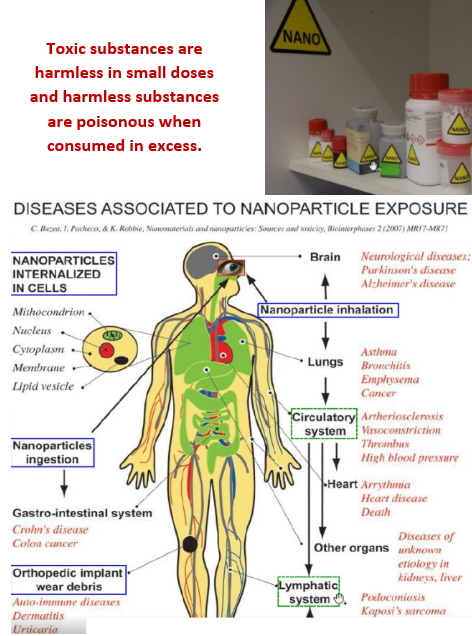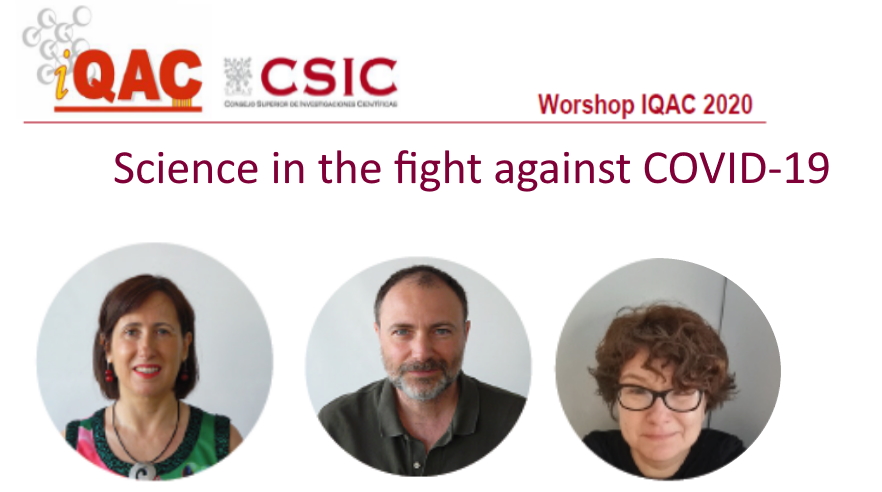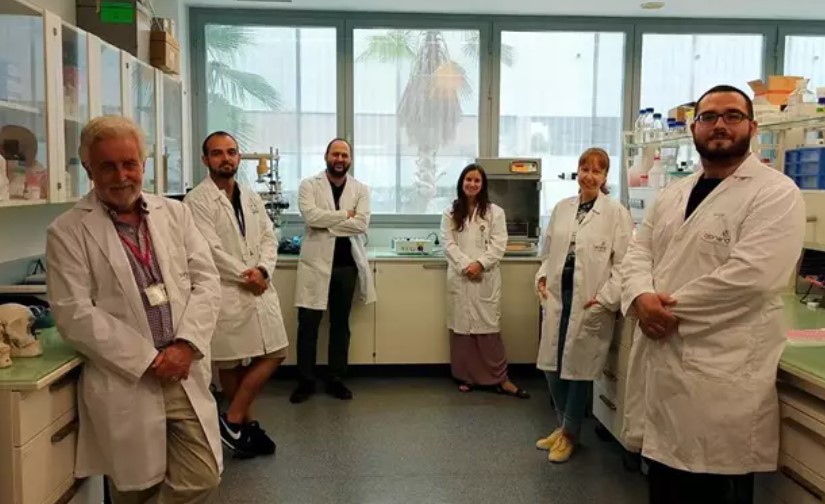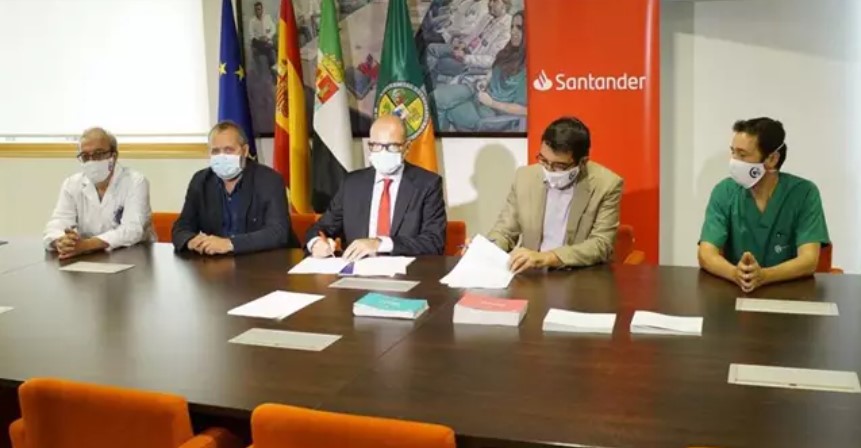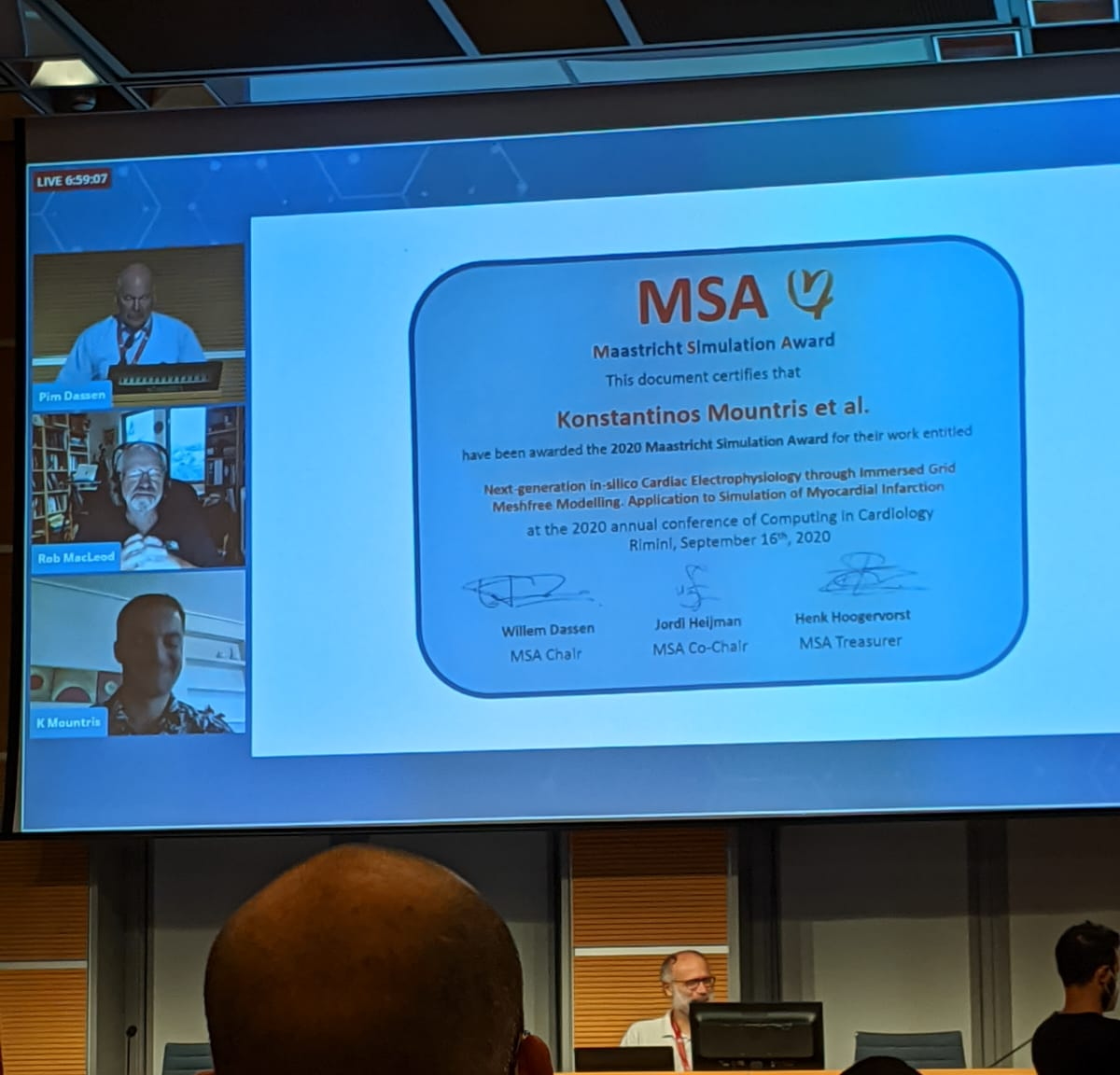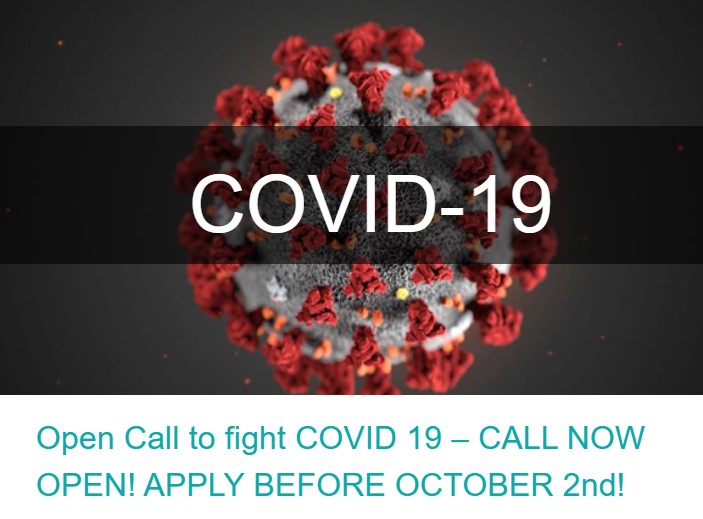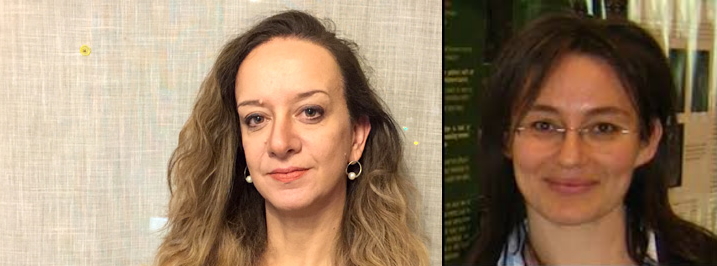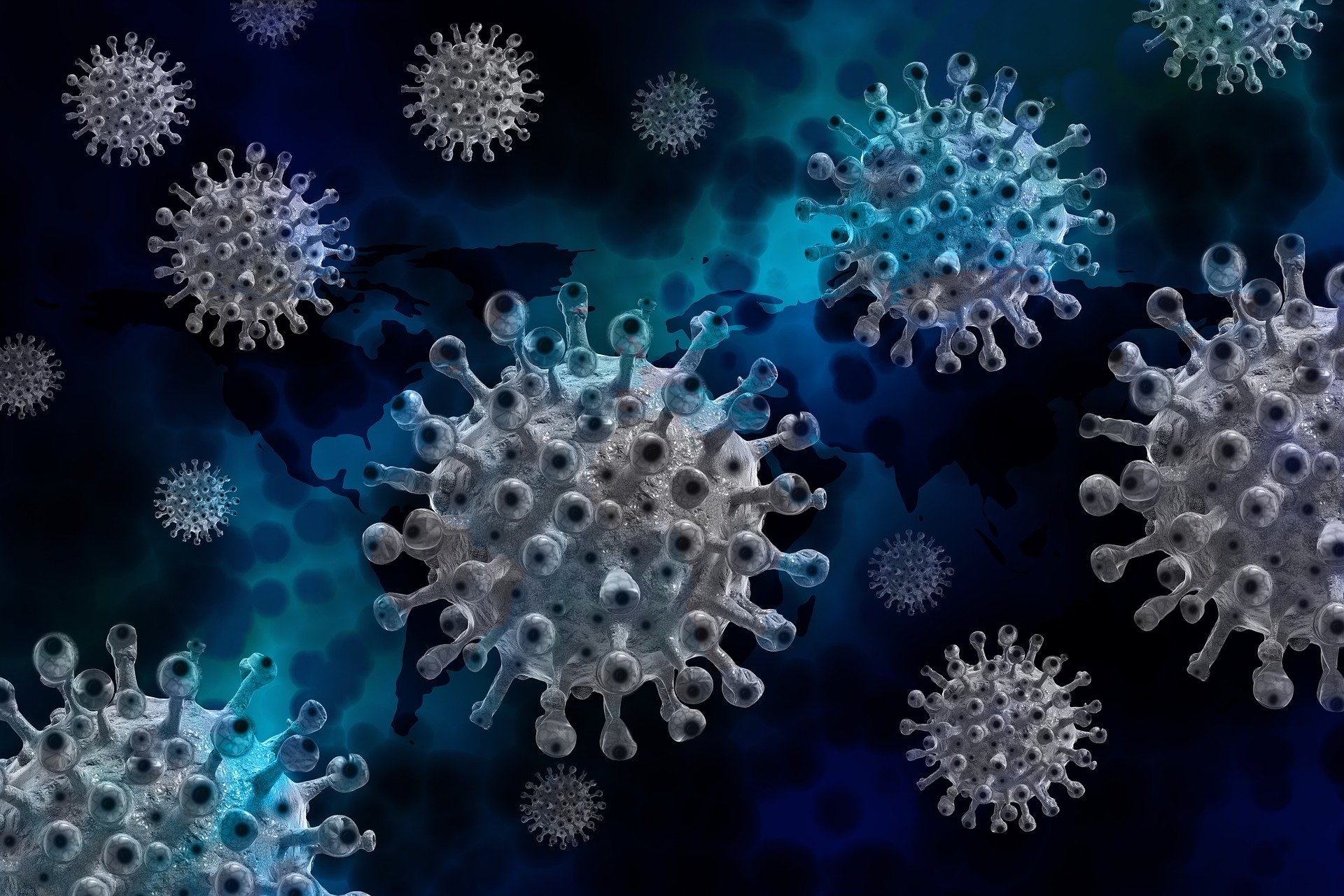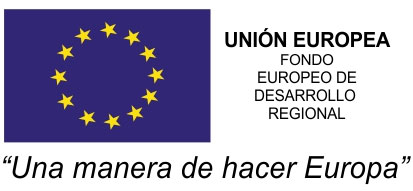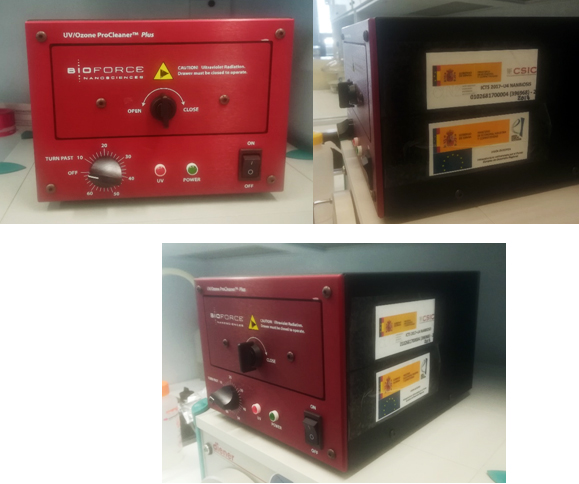II Conference on Nanotoxicity. “Dosis sola facit venenum”
NANBIOSIS has participated in the organization of the on-line Conference on Nanotoxicity in collaboration with, CIBER-BBN, Nanomed Spain and Materplat, to debate about the efect of nanotoxicity of nanoparticles and nanotechnologies in health.
The session has been started by Ramon Martinez Mañez, Scientific Director of CIBER-BBN and NANBIOSIS U26 NMR: Biomedical Applications II.
Isabel Rodriguez (GAIKER Technlogy Center) has taking about tools for risk management of nanomatials differentiating between tools and strategies and explaining their experience in studies carried out.
Luis Rojo del Olmo investigador del Grupo de Biomateriales del Instituto de Ciencia y Tecnología de Polímeros del CSIC y del CIBER-BBN) has spoken about the physical-chemical characterization of micro and nanoplastics, explaining biodegradation and bioelimination techniques and their relationship with nanotoxicity.
Ariel Ramírez from the Nanotoxicology Unit of the Aragon Health Research Institute (IIS Aragón) has spoken about preclinical characterization of micro and nanoplastics.
Finally, Ciro Luis Salcines from the University of Cantabria spoke about the practical application of NanoPrevention and Nanotoxicology.
The talks have been followed by a round table of great scientific interest. Ernesto Caballero Garrido, from the Spanish Agency for Medicines and Health Products (AEMPS) has shown that sometimes the evaluation of “nano” goes through the evaluation of “macro”, as there is a lack of specific regulation, in this case the two additional aspects to be taken into account to determine nanotoxicity are accumulation and elimination.
Ramón Martínez Mañez closed the session thanking the organization of the Conference and inviting to continue with these Annual Conference on Nanotoxicity, a topic of great interest to the CIBER-BBN
The Conference was moderated by Teresa Sanchis, executive coordinator of Nanomed.
